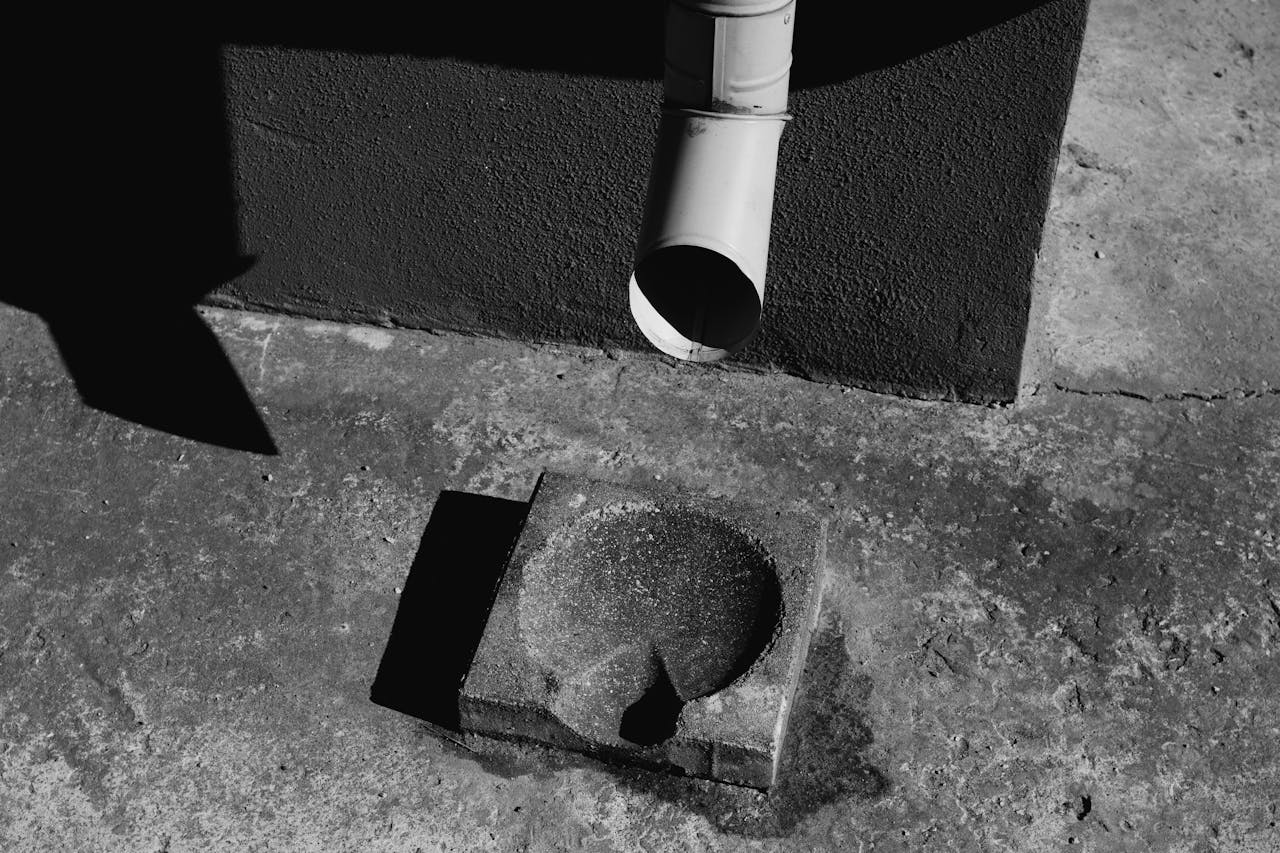Modern innovations have changed the way we address drainage system problems, and drain relining stands out as a practical and efficient solution. But why exactly is it so important, and why should property owners consider it when faced with drainage issues? This blog explores the significance of drain relining, explaining its process, benefits, and when to consider it for maintaining healthy drainage.
What Is Drain Relining?
Drain relining is a non-invasive method of repairing damaged or deteriorating pipes. Unlike traditional excavation methods, it involves inserting a new lining into an existing pipe, effectively creating a new, robust surface inside the old one. This process is widely applied to resolve issues such as cracks, leaks, root intrusions, or corrosion within drainage systems.
The procedure involves cleaning the affected pipe, inserting the resin-coated lining, and allowing it to cure in place using water, air, or UV light. Once hardened, the liner forms a seamless and durable interior. This innovative approach repairs damage without requiring extensive digging or property disruption.
Why Drain Relining Matters
A functioning drainage system is crucial to maintaining the hygiene and infrastructure of any property. Damaged pipes can lead to leaks, blockages, and water pooling, which eventually cause more significant structural issues or health hazards. Drain relining allows homeowners and businesses to take proactive steps to restore faulty systems without enduring the challenges that come with pipe replacements.
Key Advantages of Drain Relining
Drain relining offers several advantages that make it a preferred choice compared to traditional repair methods. One of the key benefits is its cost-efficiency. Since relining avoids the need for extensive digging and replacing whole pipe systems, it often comes at a fraction of the expense of conventional replacements. Additionally, the reduced labour and time required mean far less disruption to daily life or business operations.
Minimal property disturbance is another reason why drain relining is gaining popularity. Traditional repairs may require excavation that damages landscaping, driveways, and even structural elements of buildings. Relining, however, allows pipes to be fixed with precision while leaving the surrounding area intact.
Durability is also crucial when addressing drainage problems. Relined pipes are built to last, with materials designed to resist further damage, including root intrusions and future blockages. This long-lasting solution makes it an excellent investment for property owners who value reliable maintenance.
When Should You Consider Drain Relining?
Knowing when to act can save time and money while preventing more severe damage. Indicators of potential drainage issues include slow-draining sinks, ongoing blockages, foul odours, and sudden damp patches around your property. Additionally, water pooling in your garden or persistent back-ups in your drainage system are signs you should not ignore.
Early action is vital for effective results. When left unchecked, minor drainage problems can escalate into significant structural concerns, leading to costly repairs. Regular inspection of your drains by qualified professionals can help identify early warning signs and determine if relining is the right solution.
Preserve Your Drainage with Smart Solutions
Maintaining a healthy drainage system is one of the most important responsibilities of property ownership. Drain relining is not only an intelligent, cost-effective alternative to traditional pipe repair methods, but also a means of protecting your property from long-term issues. With its reliability, reduced environmental impact, and minimal disruption, it represents the future of drainage care.
If your property is experiencing signs of drainage trouble, don’t delay. Address the issue early by consulting a professional who can determine whether drain relining is the right solution for you. Taking swift action can save significant effort while ensuring your property remains protected for years to come.

